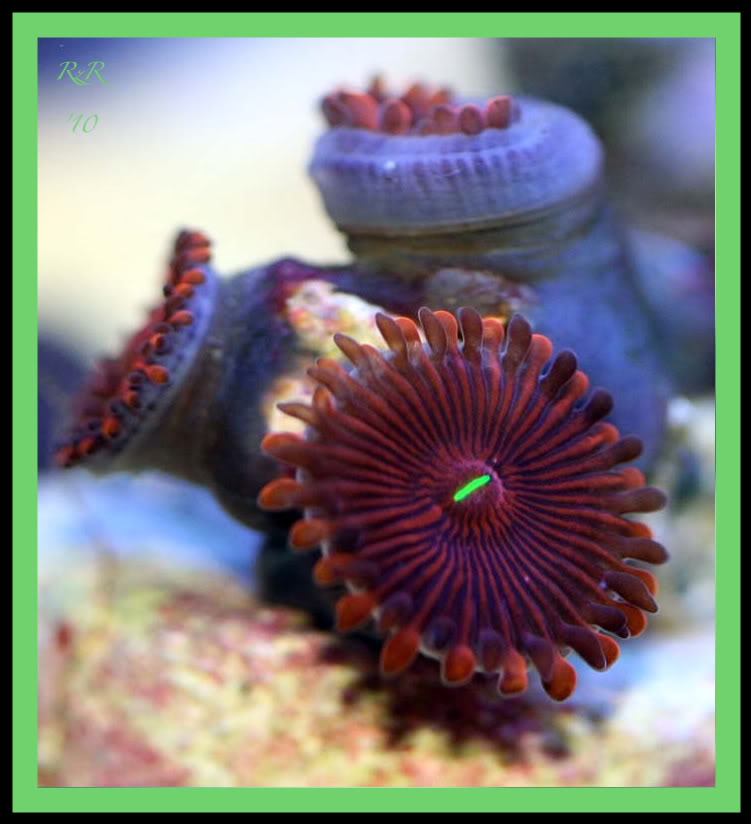So those just happen to be from japan, too?
Wow - what are the odds!!! Lol
Wow - what are the odds!!! Lol
Follow along with the video below to see how to install our site as a web app on your home screen.
Note: This feature may not be available in some browsers.


So those just happen to be from japan, too?
Wow - what are the odds!!! Lol
Found these two statements on another forum, what do you all think?
"Not sure of the exact things that make one a JDW, but basically it is some morph of a dark center and a ring of various colors, usually dark again with varying colored skirts. Sounds like a hornet. Doesn't have an alternating skirt and the ring is fat."
"I believe it is the tell tale bright, vibrant thick ring around the center mouth."
I know most of you all know more people than i do who go diving and do research and stuff, but im just wondering
Why is it so unlikely that a very colorful zoa can be found deep in the waters of japan? What if the wholesellers are getting them from japan,but some wholeseller a while ago lied which started all of the deepwater bs talk??? Which makes every one think jap. deepwater zoas are a lie
Im not directing this at anyone, I just want to know why is it so impossible????
So finding one color morph that pretty much matches yours isn't validation enough?
I'm confused by your post?
Your basing your opinion on someone else's opinion. That "first post" isn't fact, just second hand info alledgedly from some dude that devoted his life to studying a polyp.... Where they truley came from no one really knows. That said, I just bought a Japanese Maple tree, the label says it was grown in Oregon. Did I get "ripped off"?
Your basing your opinion on someone else's opinion. That "first post" isn't fact, just second hand info alledgedly from some dude that devoted his life to studying a polyp.... Where they truley came from no one really knows. That said, I just bought a Japanese Maple tree, the label says it was grown in Oregon. Did I get "ripped off"?
It is important to be able to show that a seller got them from Japan. That is the de facto of this entire thread. The origination of a "true" Japanese Deepwater zoa. Who is to say these are really from Japan, but were collected in shallow waters? What then? Japanese Shallow water zoas?
Dear Mr.Brian,
Zoanthus sansibaricus is not regulated under CITES.
However, harvesting method is regulated under fishery law and Fisheries resource protection law in Japan.
You should confirm the trade chain of Zoanthus sansibaricus harvested in Japan, whether your supplier legally
harvested your coral from sea or not.
Best regards,
TRAFFIC East Asia-Japan
6th FL. Nihonseimei Akabanebashi,
3-1-14 Shiba, Minato-ku,
Tokyo, Japan
Tel: (81) 33769 1716
Fax: (81) 33769 1304
????????????????????????????????????
TRAFFIC is a joint programme of WWF and IUCN
How do you confirm that your supplier harvested legally? Is there a chain of paperwork?
For all of those asking for CITES info on Japanese Zoa's... I have been in contact with several authorities in Japan and all of them say it is NOT illegal to ship Zoa's out of Japan and that they are NOT regulated under CITES. So no permits required if you're wondering what that means. However, when it comes to harvesting them, you can not take more then the rock they are atached to as the rock is protected.
